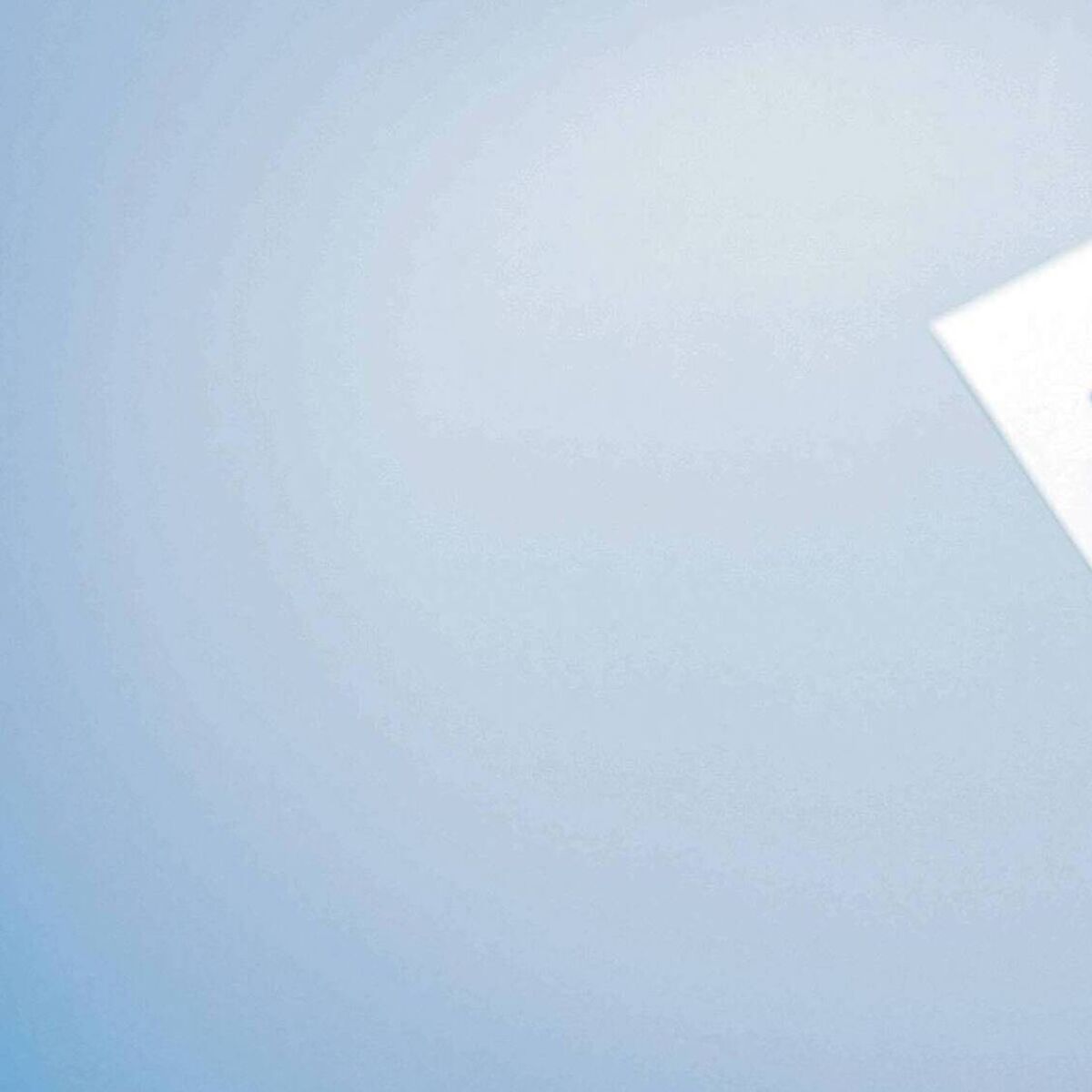By Conor Power,Irishexaminer.com
Copyright irishexaminer

The commitment of the borrower is to make a series of regular payments (usually monthly) over the term of the mortgage until such time as the borrowed sum is fully paid with interest. A normal term for a mortgage these days is 25-30 years.
The other mortgage types are the Endowment Mortgage, the Pension Mortgage and the Current Account Mortgage.
These three mortgages differ from the Annuity Mortgage in that the principal (the original sum borrowed) and the interest payments are made separately. With the Annuity Mortgage, every monthly repayment includes some interest and some against the principal.
With the Endowment Mortgage, you make regular payments on the principal. Running parallel to these monthly payments are payments towards and endowment fund. By the end of the term of the mortgage, the principal sum is paid off and the endowment fund should have grown to sufficient size to pay the interest bill and still have some money left over.
The Pension Mortgage works in a very similar way, except that instead of an endowment fund being built up, it’s a pension fund. With the Current Account Mortgage (also known as an Offset Mortgage), it’s the same idea, with simultaneous payments for interest and principal being made over the mortgage term.
How much can I borrow?
Under current Central Bank rules, a First Time Buyer is allowed to borrow up to four times the gross amount of their annual salary. For all others, the limit is 3.5 times the annual gross salary. Even with this Loan-to-income limit, however, remember that with the combination of the First Homes Scheme and the Help-to-Buy Scheme, new homes for First Time Buyers become much more affordable.
In addition, lender do have some wriggle room. If you’re considered to be in the “high-earning” category (i.e. earning €50,000/annum or more for an individual or €70,000 combined income for a couple), the lender can exceed the Loan-to-income limit. Even outside of that, every bank in Ireland is allowed to exceed the limit with a limited number of loans in the year.
All of which underlines the importance of sitting down with a mortgage company and thrashing it out. It may be that the property which seemed just beyond your reach is actually possible.
Having a good record with money and being able to demonstrate that to a potential lender is a very strong advantage. The more you manage to save, the more money you have for a deposit, and the more easily you will be able to convince a lender to advance you money.
The First Home Scheme is a shared equity programme that allows borrowers to receive extra equity from the Government of up to 30% of the price of the new home. Approval for the scheme is not income-dependent but there are limits in terms of the value of the house and limits are different depending on where you live (see the table of value limits on firsthomescheme.ie).
How much deposit is required?
The Central Bank of Ireland govern the rules in this regard and their Loan-to-value limit is 90%. This means that a lender can advance you no more than 90% of the purchase price of a home, meaning that you will need at least 10% of the purchase price as a deposit.
If you manage to save more than 10% of the purchase price, you’ll need to less to borrow and you will also get a better interest rate from your lender.
In these days of exorbitant rental rates, most First Time Buyers find it challenging to raise the required 10% deposit. This is where the Government’s Help-to-buy (HTB) scheme has been of huge benefit in recent years.
It effectively allows borrowers to squeeze that 10% down a little more, with a First Time Buyer entitled to a tax rebate of up to 10% of the purchase price and up to a maximum amount of €30,000.



